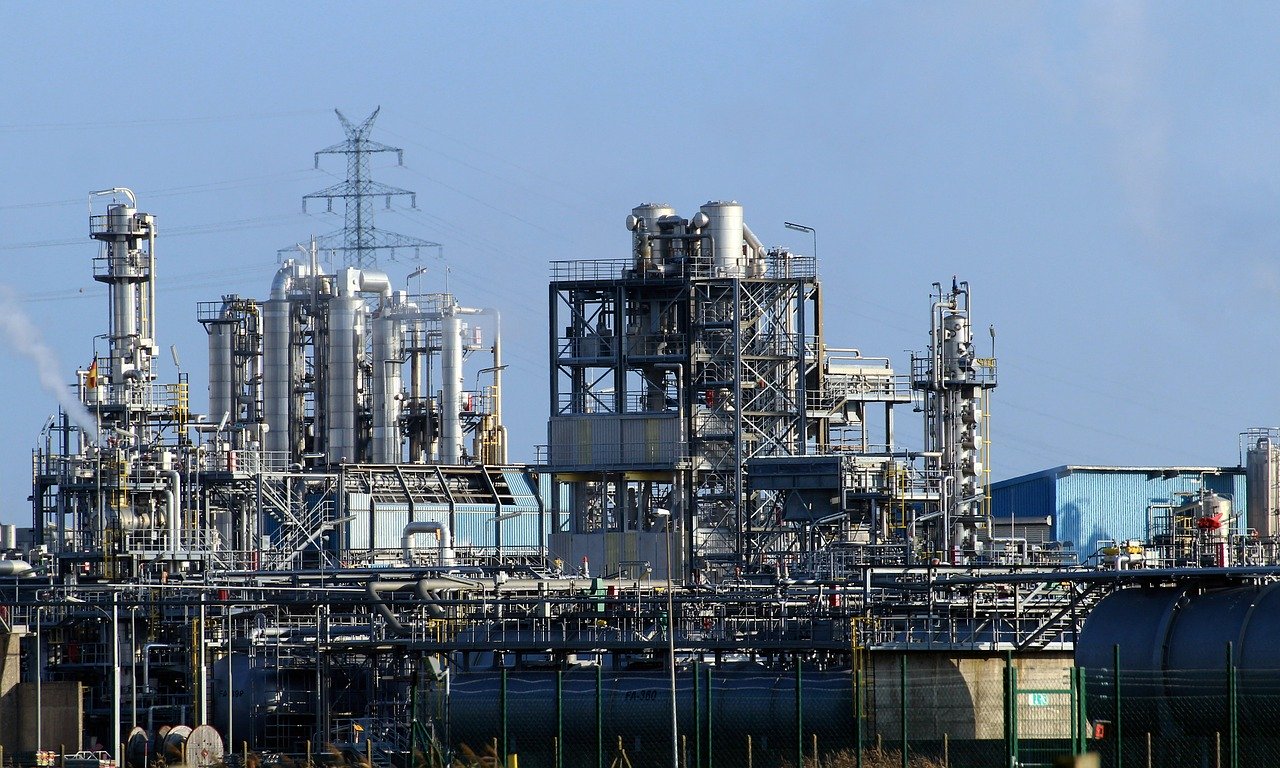
REGENERATIVE THERMAL OXIDISERS IN OIL REFINERIES
Thermal oxidsers are used in industries to incinerate hazardous air pollutants and volatile organic compounds (HAPs and VOCs). These HAPs and VOCs are mostly hydrocarbon based and when thermally oxidised, they form CO2 and H2O.
A Flare is also a Thermal Oxidizer specially designed to handle high VOC streams. The flare may be typically designed to handle high energy process discharge streams with excess air. It is more of a stack thru which the waste gas flows with a flash back arrangement.
What is the difference between an RTO and a Flare?
An RTO is the most common type among oxidizers and uses ceramic media to capture and regenerate and recycle waste heat, offering upto 99% thermal efficiency. It is, of course, expensive in capital cost, but by its very design offers the lowest energy costs among all types of oxidisers.
A gas flare, while not technically a type of thermal oxidizer, is similar to the direct-fired oxidizer but it does not require supplemental natural gas. Flares are used on very high concentration VOC gas streams.
Gas flaring is used to burn unwanted or excess gases and liquids released during normal or unplanned over-pressuring operation in many industries including oil-gas extraction, refineries, chemical plants, coal industry, plastic manufacturing, etc. It is also a significant source of greenhouse gases emissions. It also generates noise, heat and makes large surrounding areas uninhabitable. Between 150 to 170 billion m3 of gases are flared or vented annually which equals a value of about $ 30.6 billion, equivalent to nearly 30% if Europe`s gas consumption or 25% of the United States’ consumption annually.
On the other hand, the Regenerative Thermal Oxidiser (RTO) saves and regenerates thermal energy to burn off unusable hydrocarbons containing VOCs and HAPs WITHOUT CAUSING ANY ENVIRONMENTAL DAMAGE due to the design of the RTO. It provides for enough residence time for the gases to be burnt in the combustion chamber, thus ensuring complete combustion with no untoward greenhouse gas emissions.
The flare just ignites and burns the gas without giving enough time for the products of combustion to get completely burnt, thus giving room for the greenhouse gases to escape to the atmosphere.
This being the major difference between the two systems, many users prefer to use RTO than a Gas Flare.
More on Haat’s RTO here – HXR.


